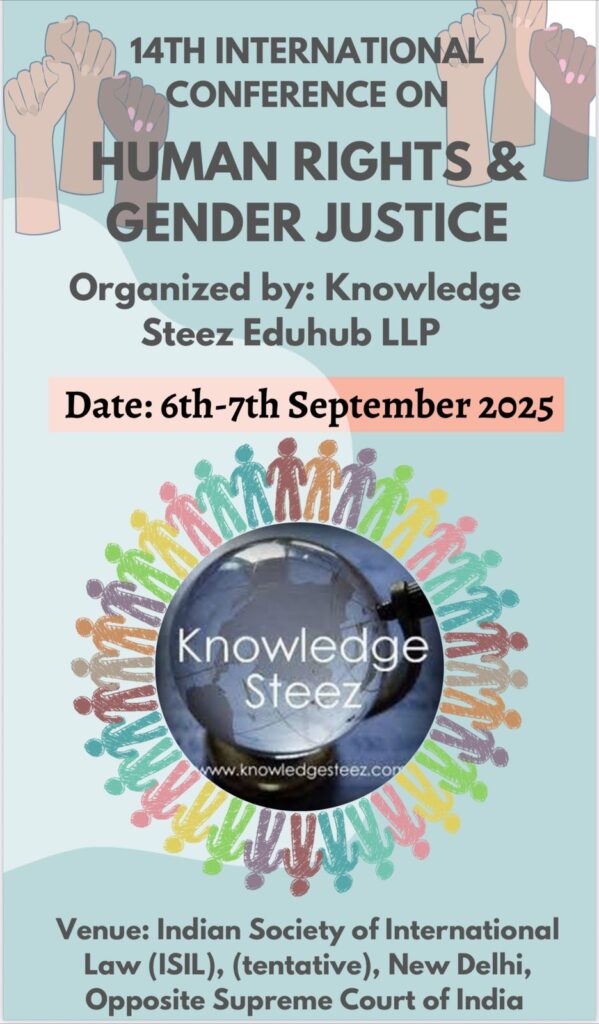India, a nation celebrated for its cultural diversity and rapid economic growth, stands at a pivotal juncture facing a formidable challenge – water scarcity. Water security is at stake today. While climate changes influence water availability, urbanization and agricultural activities have led to increasing water demand as well as pollution, limiting safe water use. Despite being home to 16% of the global population, India possesses only 4% of the world’s water resources, which are depleting at an alarming rate. The burgeoning demand for water, driven by urbanization and agricultural needs, has outpaced its supply, leading to dire consequences across both urban and rural landscapes. This article delves into the multifaceted issue of water scarcity in India, examining its causes, impacts, and the potential pathways toward sustainable solutions.
Understanding the Challenge:
Water scarcity in India stems from a complex interplay of factors including population growth, inefficient water management practices, over-extraction of groundwater, water pollution, and the adverse effects of climate change. These factors collectively contribute to dwindling water resources, posing significant challenges to agriculture, urban development, public health, and overall socioeconomic well-being.
Agricultural Impacts:
Agriculture, a cornerstone of India’s economy and livelihood for millions, is severely impacted by water scarcity. Insufficient and erratic rainfall, coupled with depleting groundwater levels, have resulted in crop failures and decreased agricultural productivity. Farmers resort to unsustainable water extraction practices, exacerbating the problem and perpetuating a vicious cycle of resource depletion.
Urban Challenges:
India’s burgeoning urban population faces the brunt of water scarcity with many cities experiencing erratic water supply, water rationing, and even day-zero scenarios. Water scarcity has become a permanent feature in Himalayan cities. Despite the recurrent events of the water crisis in Himalayan cities, the relationship between urban space and water scarcity has not received sufficient attention in the urban studies literature in India. Inadequate infrastructure for water storage and distribution aggravates the issue, leaving millions without access to clean and sufficient water for their daily needs. This not only hampers quality of life but also poses significant economic challenges, with incomes falling and migration becoming a common coping strategy, as evidenced by the situation in Maharashtra.
Health and Livelihood Impacts:
Water scarcity not only threatens agricultural productivity and urban living but also poses grave risks to public health. Inadequate water supply increases the prevalence of waterborne diseases, further burdening communities already struggling with limited resources. Additionally, the livelihoods of millions, particularly in rural areas, are intricately linked to agriculture, making them vulnerable to the cascading effects of water scarcity.
Government Initiatives:
Recognizing the severity of the water scarcity issue, the Indian government has launched various initiatives to address the crisis. The Jal Jeevan Mission, aimed at providing piped water supply to every household, underscores the importance of water conservation and efficient use. Similarly, watershed management programs and rainwater harvesting projects seek to recharge groundwater and ensure sustainable water resources. Additionally, initiatives like the Atal Bhujal Yojana, focusing on sustainable groundwater management, and the National Water Mission, promoting integrated water resource management, are steps in the right direction.
Community Participation:
While government interventions are crucial, community participation is equally vital in addressing water scarcity. Local communities must actively engage in water conservation efforts, adopting sustainable practices, and raising awareness about responsible water usage. This collaborative approach fosters a sense of ownership and accountability, ensuring the success and sustainability of water conservation initiatives.
Technological Innovations:
Innovative technologies play a crucial role in mitigating water scarcity. From advanced irrigation techniques such as drip and sprinkler irrigation to water-efficient appliances and smart water management systems, technology offers solutions to optimize water usage and minimize wastage. Additionally, remote sensing and GIS technologies can aid in monitoring water resources and implementing targeted interventions.
Education and Awareness:
Education and awareness are key to fostering a culture of responsible water consumption. Schools, colleges, and community organizations can play a significant role in imparting knowledge about water conservation practices and promoting behavioural change. Public awareness campaigns, leveraging traditional and digital media platforms, can reach a wider audience, instilling a sense of responsibility towards water stewardship.
Conclusion: Toward a Water-Abundant Future
Water scarcity in India is not merely a challenge but also an opportunity for innovation, collaboration, and building resilient water management systems. As the nation progresses, striking a balance between development and sustainable water management is imperative. Implementing efficient water use practices, investing in infrastructure, fostering community participation, embracing technological innovations, and promoting education and awareness are essential steps toward securing a water-abundant future for India.
In navigating the drying rivers of progress, India must seize this opportunity to forge a path toward water security, safeguarding its future generations and preserving its natural heritage. Through collective action and unwavering commitment, India can overcome the looming threat of water scarcity, emerging stronger, and more resilient than ever before. By prioritizing water conservation and sustainable management practices, India can ensure the well-being of its citizens and the sustainability of its ecosystems for generations to come.
References:
Pratima Vishwakarma, N. K. (2023). WATER SCARCITY IN INDIA AND ITS CONSERVATION STRATEGIES.
Sanjukta Das, D. M. (2024). No water, no job? Water scarcity, marginal farmers and livelihoods in Eastern India. GeoJournal.
Tendulkar, M. (2023). WATER SCARCITY IN MUMBAI: ASSESSMENT OF ISSUES AND PROPOSED STRATEGIES. Research Gate.
Mengru Wang, B.(2024). A triple increase in global river basins with water scarcity due to future pollution.
Ankur Parashar (2023). City on a Hill: Historical Spatiality of Water Scarcity in Shimla
Written By: Sachin
2nd Year, Tezpur Central University









